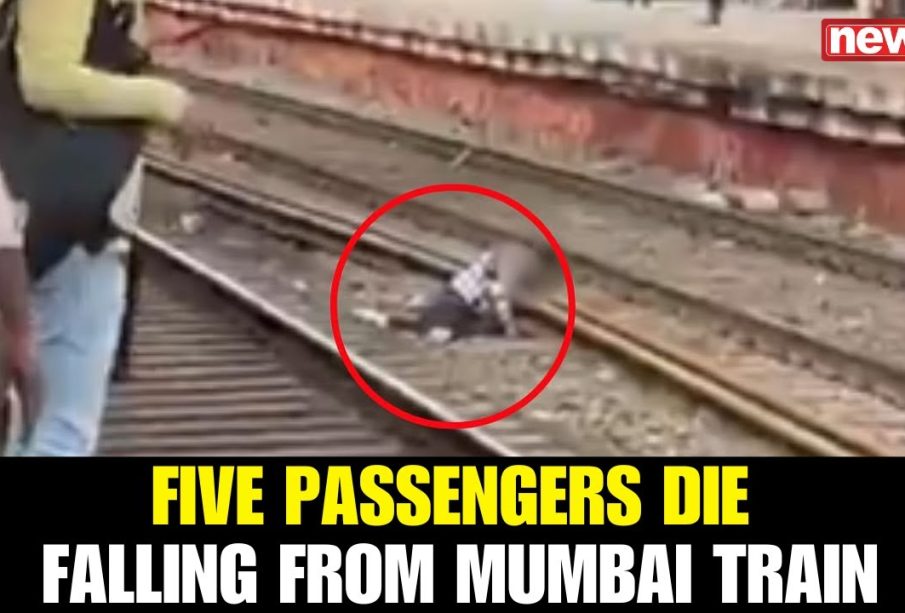Mumbai Mumbra Train Accident: A Call for Improved Rail Safety

Introduction
The recent train accident near Mumbra, Mumbai, has drawn significant attention to railway safety protocols and the need for immediate reforms. As one of the busiest rail networks in the world, India has seen various train incidents, but this latest event underscores the urgent need for enhanced safety measures. Understanding the circumstances that led to this tragic incident is crucial for preventing future occurrences.
Details of the Incident
On October 20, 2023, a local passenger train derailed shortly after departing from Mumbra station, resulting in multiple fatalities and numerous injuries. Initial reports indicate that the train’s brakes failed while approaching a curved section of the track, leading to chaos as the train collided with a stationary goods train. Emergency services were immediately dispatched to the scene, and the injured were transported to nearby hospitals for treatment.
Railway officials reported that at least 15 people lost their lives in the accident, while over 50 passengers sustained injuries, many of which are serious. Eyewitnesses described horrifying scenes with terrified passengers trapped inside overturned coaches as emergency responders worked tirelessly to rescue them.
Response and Investigations
In the wake of the accident, Indian Railways launched an inquiry into the circumstances surrounding the derailment. Preliminary assessments have suggested that overcrowding and poor maintenance of infrastructure may have contributed to the accident. Railway Minister Ashwini Vaishnaw announced an immediate review of the safety protocols in place across the network and emphasized that accountability will be enforced for any negligence.
Local authorities are also working with the families of the victims to provide assistance and support during this tragic time, with many individuals turning to social media to share their condolences and memories of lost loved ones.
The Road Ahead
The Mumbai Mumbra train accident raises critical questions about the state of railway safety in India. It serves as a grim reminder of the potential dangers faced by millions of commuters daily. Experts are advocating for a comprehensive overhaul of railway infrastructure, including better maintenance of tracks and coaches, enhanced training for staff, and investment in advanced braking systems.
As railway authorities scramble to address the immediate fallout from the incident, it is essential for stakeholders to collaborate on long-term solutions to prevent future tragedies. Formulating stricter regulations and ensuring regular audits of safety practices can help rebuild public confidence in the rail system.
Conclusion
The Mumbai Mumbra train accident tragically highlights vulnerabilities in railway operations. In a rapidly developing country like India, where millions rely on rail travel, ensuring passenger safety must become a top priority. The ensuing investigations and reforms will hopefully lead to enhanced safety standards and a reduction in the risk of such devastating events in the future.









